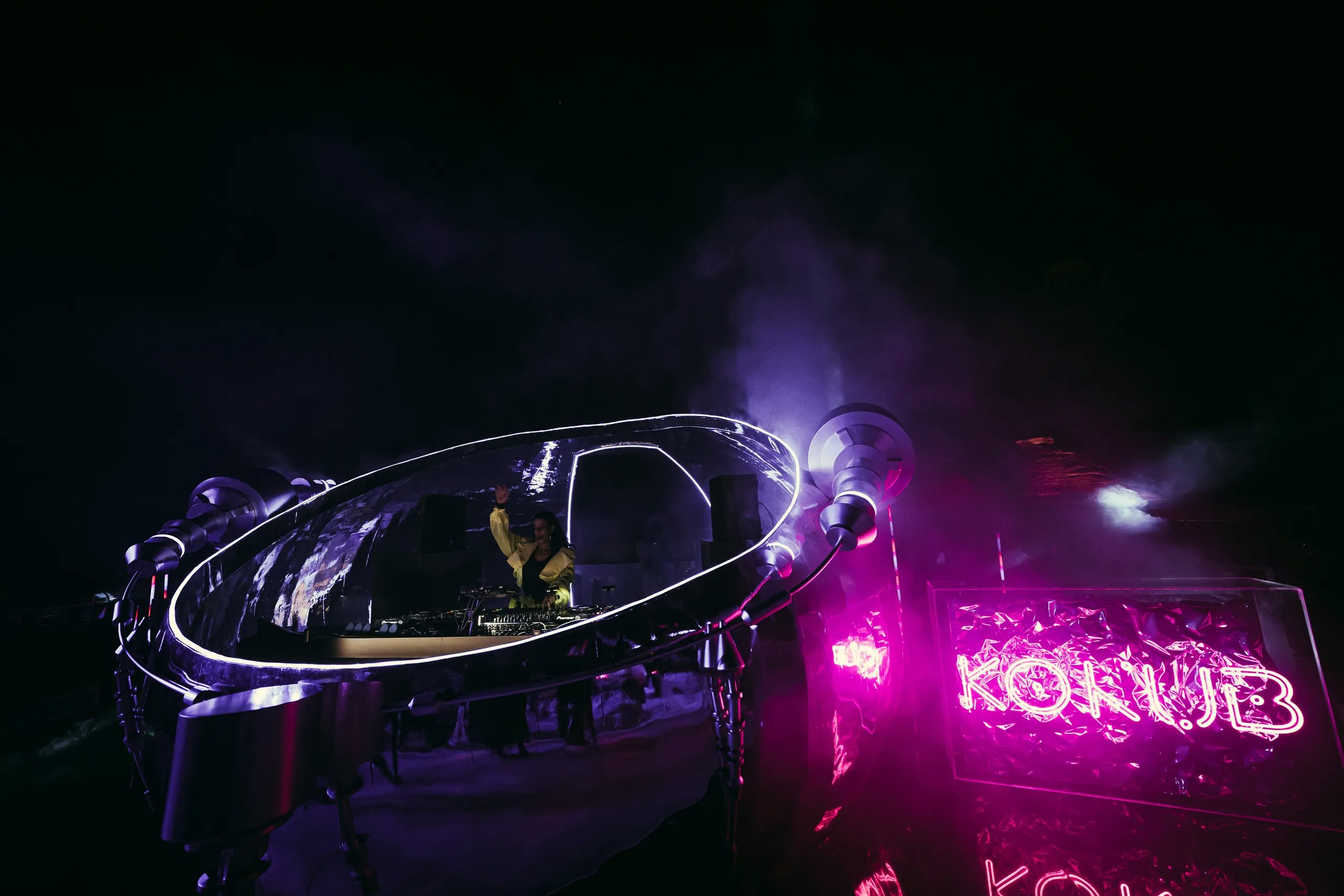

Discover the Most Popular 40s Bands
By MDLBEAST
January 22 2024
Discover the Most Popular 40s Bands
By MDLBEAST
January 22 2024
In the 1940s, big bands emerged as colossal ensembles characterized by their expansive sound and complex arrangements. Big bands typically consist of multiple saxophones, trumpets, trombones, and a rhythm section with piano, bass, and drums. Often featuring vocalists as well, big bands produce a grand, orchestral sound.
The term "big" in big bands doesn't just refer to their size but also covers the grandiosity of their sound. But yes, it does emphasize the substantial number of musicians, typically ranging from 10 to 25 members in an ensemble.
Originating in the early 20th century, big bands gained prominence in the swing era, captivating audiences with their infectious rhythms and captivating melodies. The intricate interplay of instruments and the number of musicians contributed to the rich, layered sound.
Among the most famous 1940s music groups are the Glenn Miller Orchestra, Duke Ellington Orchestra, and Count Basie Orchestra. These three stand as iconic ensembles that defined the era's musical landscape with their distinctive sounds and undeniable influence.
Music of the 1940s
Swing music, with its catchy rhythms and lively melodies, dominated the scene, offering an upbeat and danceable escape during a time of global unrest. Jazz, both traditional and bebop, continued to evolve, fostering innovation and creativity within the music community. The soulful strains of blues and the emergence of rhythm and blues (R&B) further enriched the musical landscape of the 1940s, providing a platform for diverse voices and experiences.
As radio broadcasts and live performances gained popularity, these genres became a cultural phenomenon. They contributed to shaping the collective memory of an era known for its distinctive musical contributions.
At MDLBEAST, we’re all about taking you on an epic musical trip through history. Keep reading to learn about some of the most influential 40s bands.
Best Bands in the 1940s
Glenn Miller Orchestra
The Glenn Miller Orchestra, a powerhouse in the music industry of the 1940s, was formed in 1938 under the leadership of the legendary Glenn Miller himself. Renowned for its distinctive sound characterized by a clarinet-led reed section and complex brass arrangements, the orchestra quickly rose to prominence as one of the most successful 40s bands of all time.
With hits like "In the Mood" and "Moonlight Serenade", the Glenn Miller Orchestra left a mark on the swing and big band genres, earning them widespread acclaim. The ensemble's innovative use of clarinet and saxophone sections, combined with Miller's meticulous arrangements, contributed to their captivating sound.
The Glenn Miller Orchestra's influence on the music industry of the 1940s was unparalleled, as they dominated the charts and shaped the decade’s cultural landscape. Their legacy continues to resonate through time, and their impact on the evolution of 40s bands and swing music remains a testament to their musical prowess and spirit.
Duke Ellington Orchestra
The Duke Ellington Orchestra, a trailblazer in the music industry, was founded in the 1920s under the visionary leadership of the incomparable Duke Ellington. Throughout the 1940s, Ellington and his orchestra achieved unprecedented success, crafting a unique sound that seamlessly blended elements of jazz, swing, and big band.
The orchestra comprised virtuoso musicians, including legends like Johnny Hodges on saxophone and Cootie Williams on trumpet. Some of their most celebrated compositions, such as "Take the 'A' Train" and "Dusk", became anthems of the era, showcasing Ellington's unparalleled compositional prowess.
The Duke Ellington Orchestra's influence extended far beyond their chart-topping hits; they became trailblazers in breaking down racial barriers in the music industry, contributing significantly to the cultural and social fabric of 40s bands.
Count Basie Orchestra
The Count Basie Orchestra, a jazz juggernaut, was established in the 1930s and continued to wield significant influence throughout the 1940s. Founded by the sensational Count Basie, the orchestra became a driving force in the swing and big band genres.
Renowned for its distinctive "Kansas City Swing" style, the Count Basie Orchestra is characterized by a punchy rhythm section. The ensemble featured luminaries like Lester Young on tenor saxophone and Jo Jones on drums.
With hits like "One O'Clock Jump", the Count Basie Orchestra commanded both critical acclaim and popular success, establishing them as a musical powerhouse. Basie's minimalist yet impactful piano style and the orchestra's impeccable timing contributed to their signature sound.
-
Having explored some of the greatest 40s bands, let's shift to the present and celebrate the artists and bands of today! Immerse yourself in the latest sounds of contemporary music at Soundstorm.
Share this


